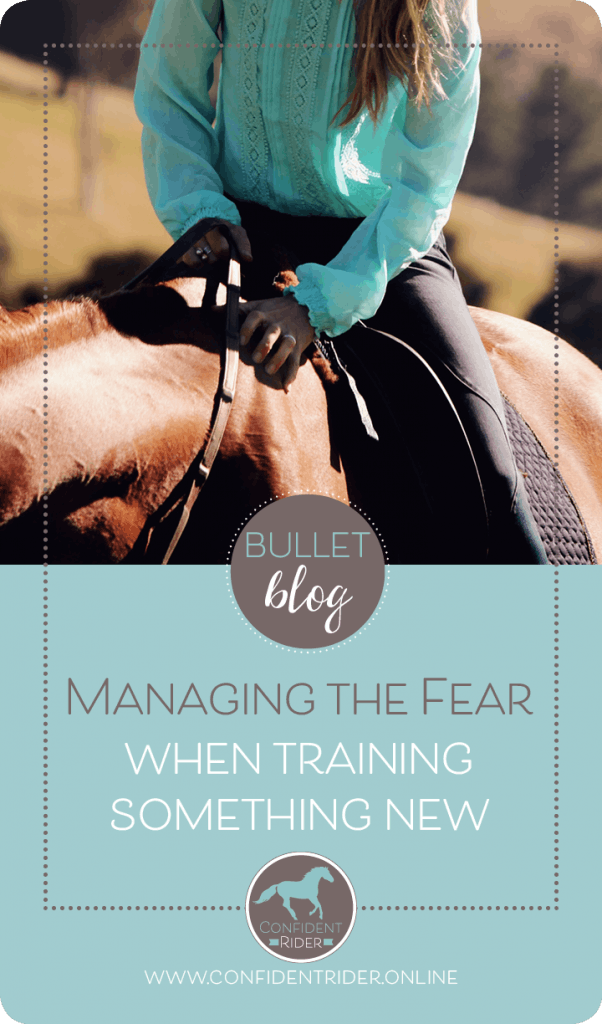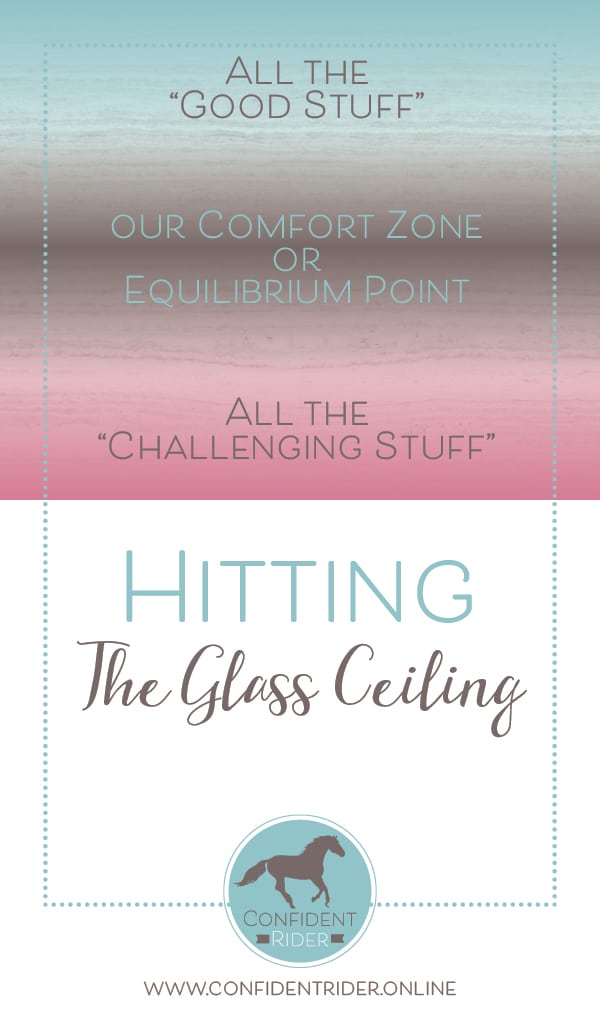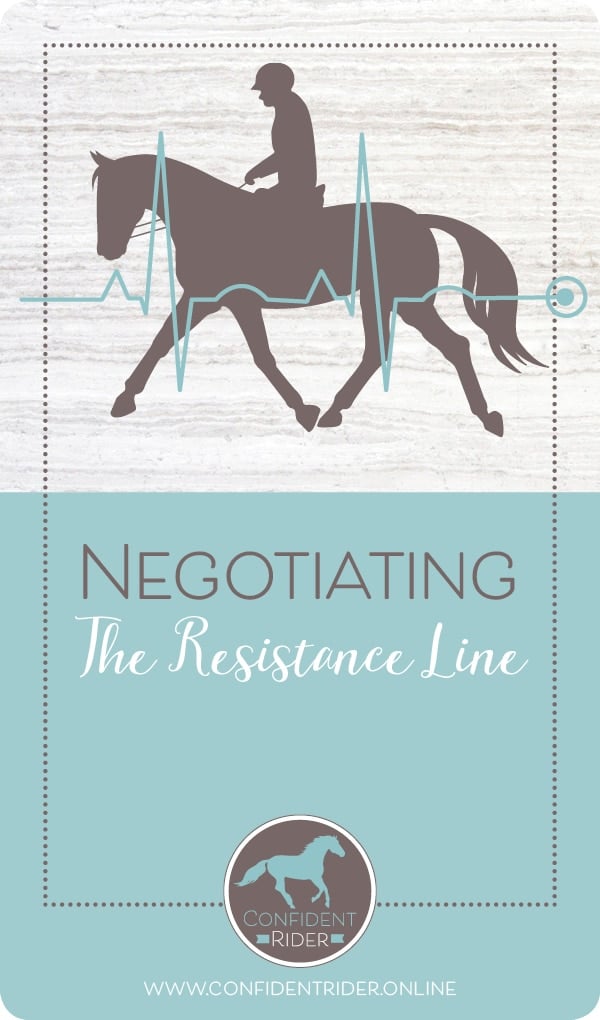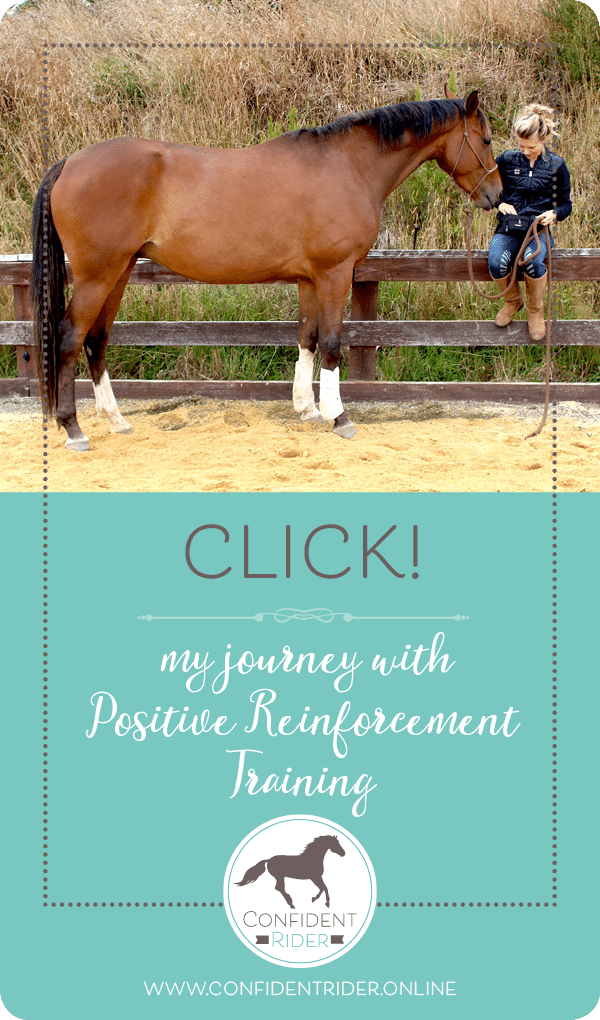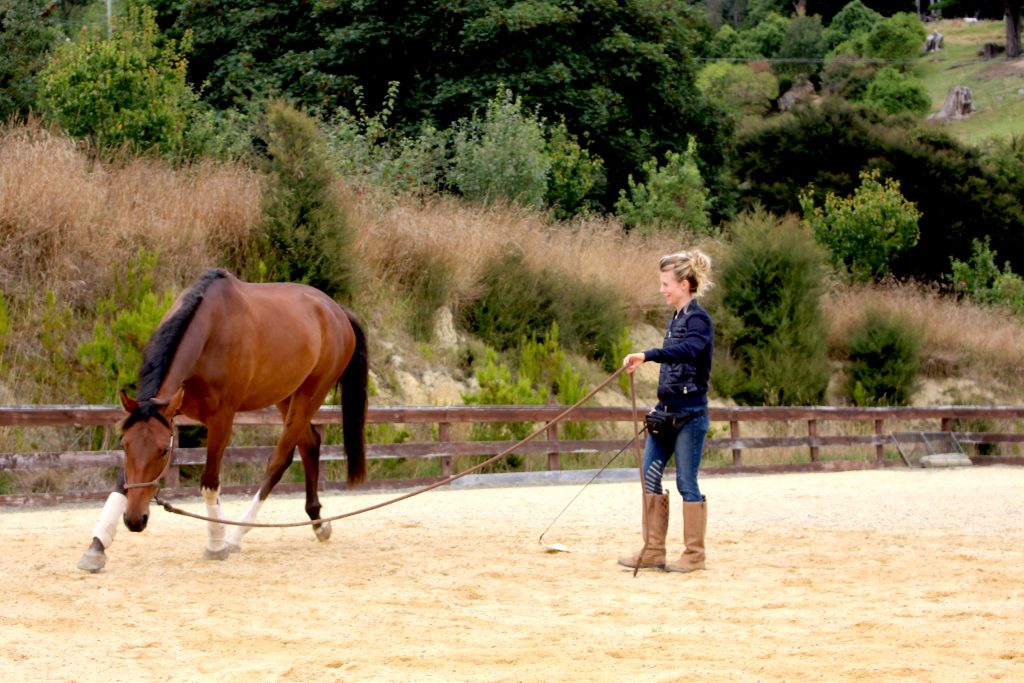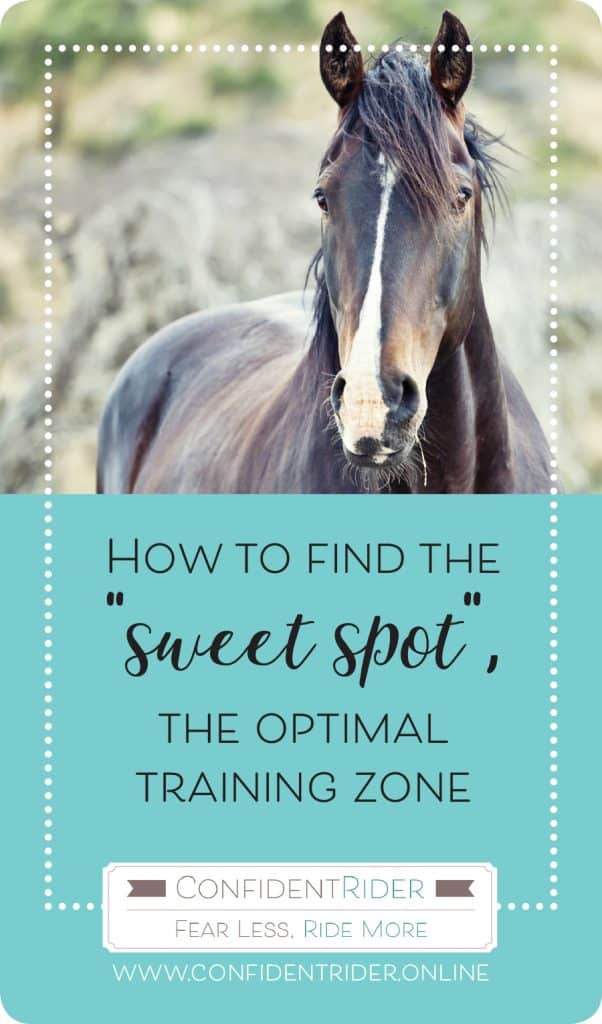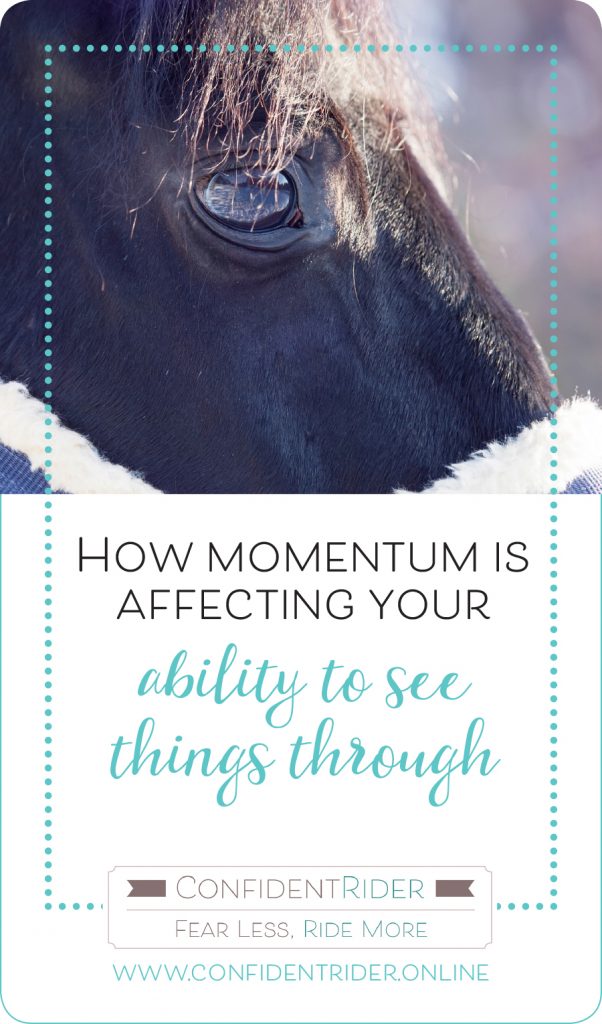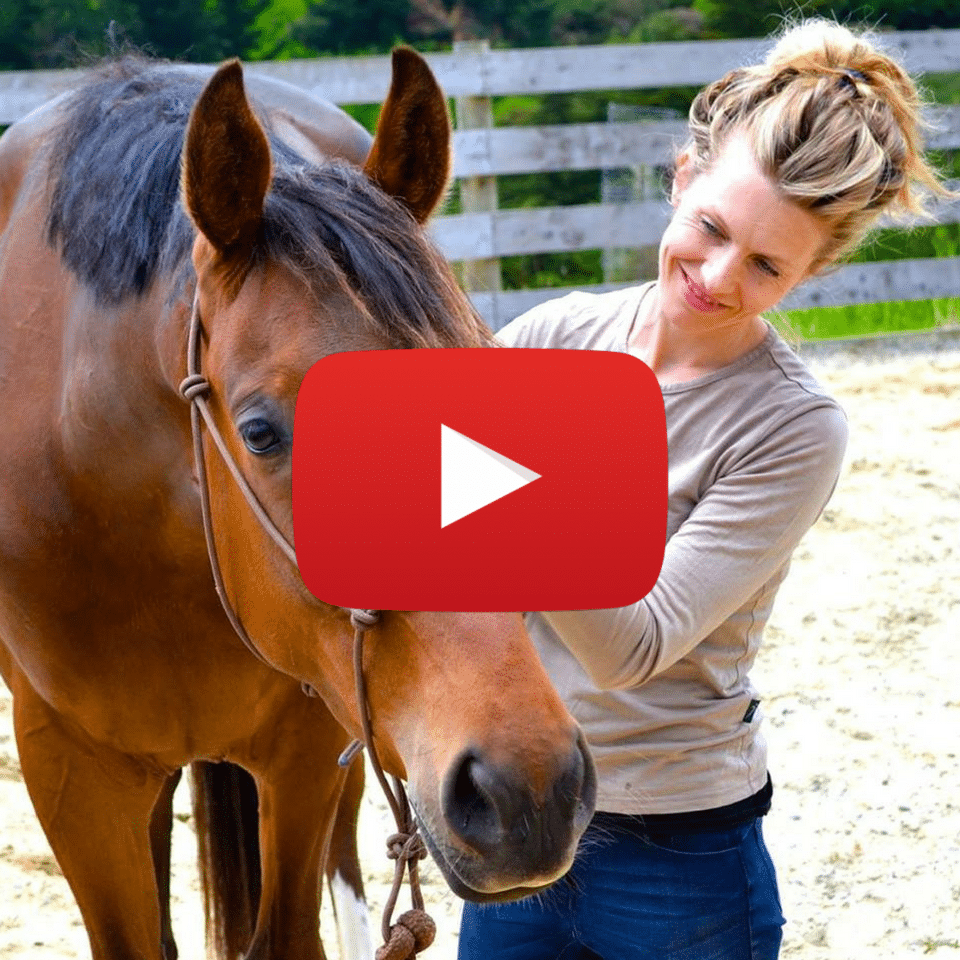
One of the habits I believe we have as riders and trainers is to continually think that any expression of unease or discomfort on the part of our horses requires us to take action. For the sake of clarity, let’s define action in this context as anything that directs
their feet, with our level of connection, experience and understanding being the determinants of just how subtle that cue or request can be. What we often leave out is the understanding that choosing not to act- to be attentive yet passive- is an option that is equally available to us, and given the right context, more powerful than its alternative.
These days, whenever I go to work with my horse, I allow time for an emotional transition to take place. This period can range from a few seconds to a few minutes, where I check in with how it is I am feeling, allow myself to drop back into my body, and make sure I am in a position where I am attentive and observant. Naturally, there are moments when I’m more integrated than others; during the times I feel off kilter, or upset in some way, I am mindful of staying within the confines of my direct experience, and not exaggerating or inflating the situation with any stories I might be telling myself.
I extend the same courtesy to my horse. Some days, the baseline that we are working from is relaxed and in tune. Some days it’s not. On those days, I look at the level of energy that he’s moving from and ask myself the question:
Is this something I want to add power too?
Or:
How can I allow this energy to diffuse?
Adding a directive can have the unintentional effect of increasing the energy rather than diffusing it. For example, a few years back, if I was presented with an anxious horse in the round pen or arena, I typically would have done something to move him around. I would have asked for more, based on the thinking that getting him moving would have also moved that energy through and allowed him to find a more relaxed place.
One of the mantras I repeat to myself now is:
Add power to tension and you just get more tension.
For instance, if I have a tense trot, asking for a canter transition will not diffuse the energy at that point; it will increase it. It will either result in a faster, more unbalanced trot, or a short, staccato canter.
Now I recognize that, I search for ways of directing the flow that allows for diffusion, and in many cases that is moving with the natural rhythm of what’s presenting in the moment. Passivity does not mean non-involvement. It’s deliberate non-action in a physical sense, within the recognition that the energy that needs to be softened in this instance is not physical; it’s mental.
There are many times when I have found joy in the space between; when allowing time for the emotional experience to cycle through is all that is required. And in the instances where I have become an active part in that experience, I have only complicated and prolonged a situation that would have resolved of its own accord or that required gentle and focused attentiveness to disperse.
The mental softening is as much about their reaction as it is about your ability to hold space for it. It’s a merging of focus and dual awareness of both of you as a unit that allows the nervous energy to unravel and the place of peace to return. It’s as much about mutual trust (or the development of); a transmission between you that there is no need for hyper-alertness or concern in your presence. The arena then becomes a safe container for work to begin.
Building the safe container means that you are consistent, fair and reliable, both in your action and your expectations. It means that you act when required, but are capable of attentive inaction also.
Passive awareness is an action and choice in itself. A softening of the edges both of your own experience, and that of your horses and a return to a mutual point of focus.
❤️ Jane

 Jane
Jane
